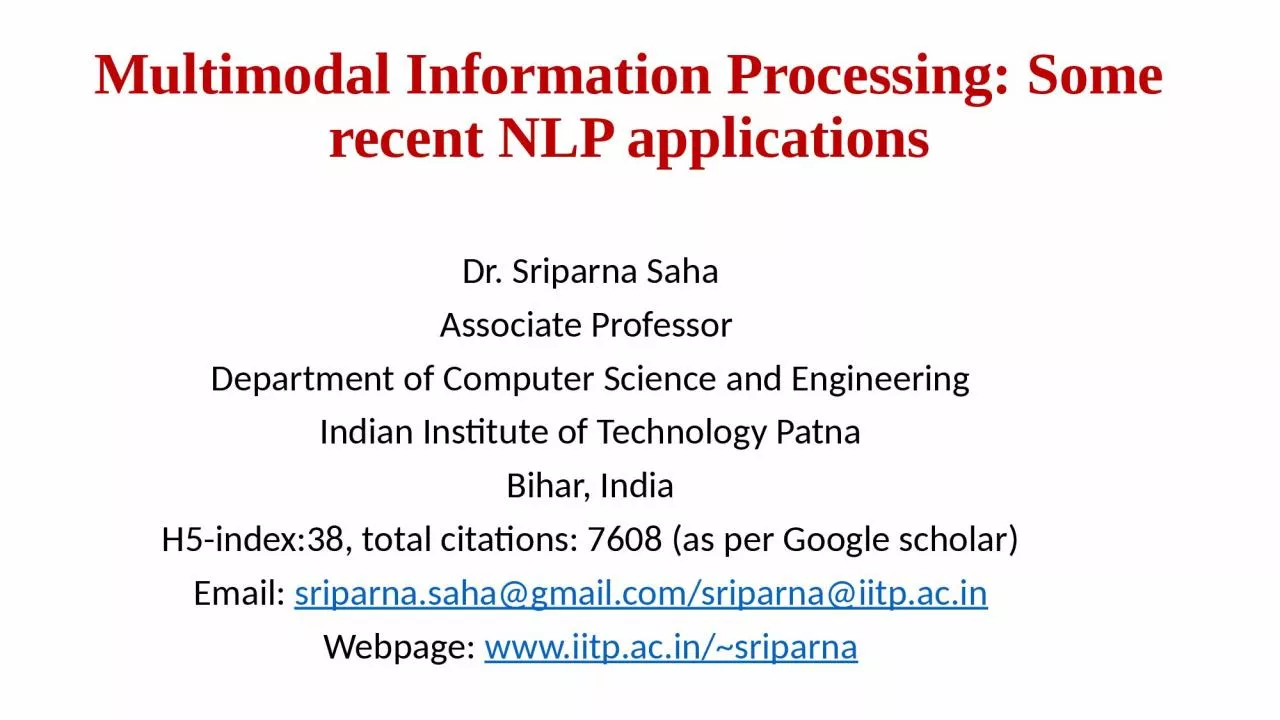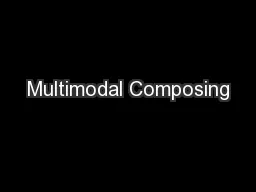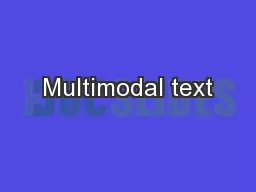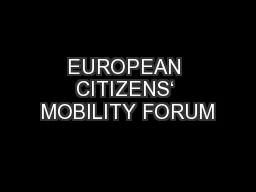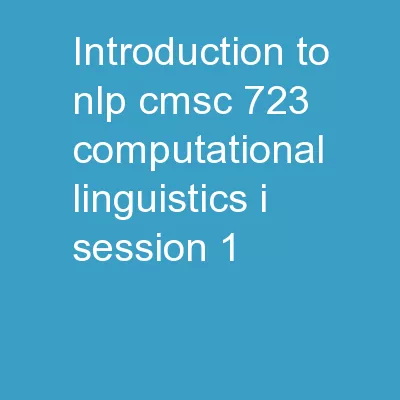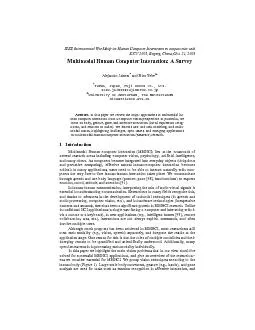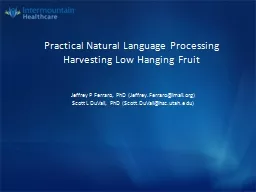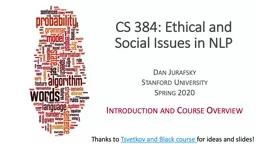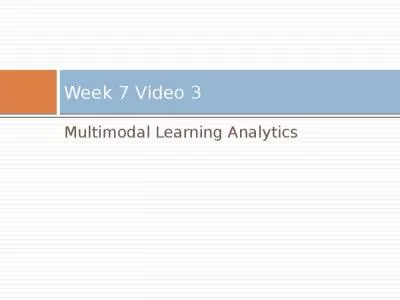PPT-Multimodal Information Processing: Some recent NLP applications
Author : harmony | Published Date : 2024-02-09
Dr Sriparna Saha Associate Professor Department of Computer Science and Engineering Indian Institute of Technology Patna Bihar India H5index38 total citations
Presentation Embed Code
Download Presentation
Download Presentation The PPT/PDF document "Multimodal Information Processing: Some ..." is the property of its rightful owner. Permission is granted to download and print the materials on this website for personal, non-commercial use only, and to display it on your personal computer provided you do not modify the materials and that you retain all copyright notices contained in the materials. By downloading content from our website, you accept the terms of this agreement.
Multimodal Information Processing: Some recent NLP applications: Transcript
Download Rules Of Document
"Multimodal Information Processing: Some recent NLP applications"The content belongs to its owner. You may download and print it for personal use, without modification, and keep all copyright notices. By downloading, you agree to these terms.
Related Documents

